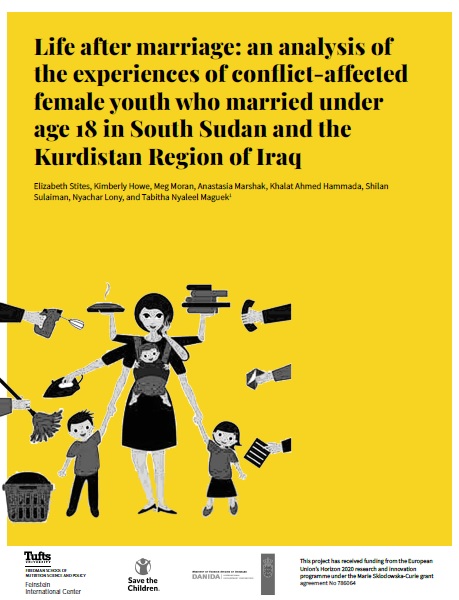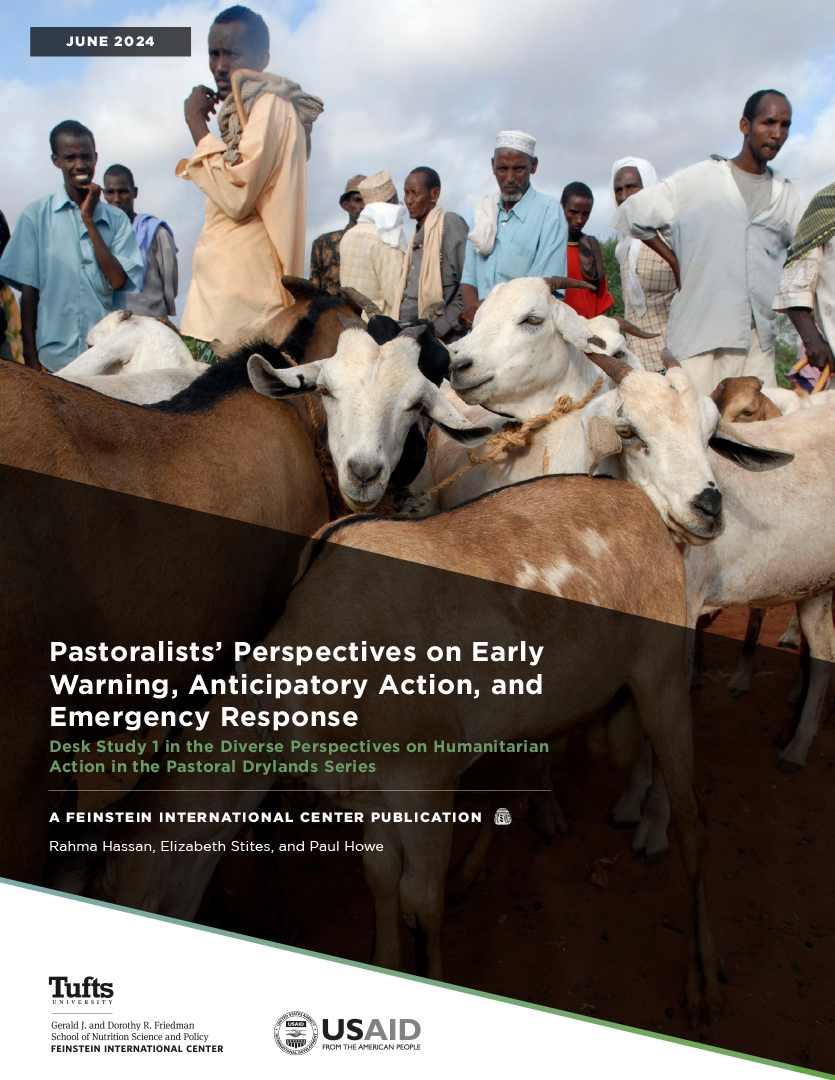Few studies on early marriage actually research the lives of girls after they marry. This briefing paper examines the experiences of life after marriage for female youth who married under the age of 18 in South Sudan and the Kurdistan Region of Iraq (KRI). This paper outlines the wide range of personal experiences following early marriage. It also describes the intersection between education and early marriage; mental health and early marriage; protection issues in marriage; and family dynamics following marriage. The paper also provides a spotlight on a sub-sample of participants that married between 12 and 14 years old.
Main findings of the study include:
- Some respondents experienced extreme changes in their lives after marrying, including around personal freedoms and domestic reproductive duties. For others, changes following marriage were only minimal.
- A number of respondents in South Sudan described fluid and ambiguous relationship states. Dynamics around bridewealth payments, cohabitation, and cultural expectations influenced these uncertainties, which existed in a reference to marriage, widowhood, and divorce.
- The experience of physical abuse within marriage was relatively common among study participants and occurred both in marriages that had been forced and within love marriages. Some respondents were able to leave such marriages, often with the help of their natal family, but many others were unable to leave abusive situations.
- Respondents experienced a wide range of mental health outcomes after early marriage, ranging from depression and regret to experiences of great happiness and well-being in their new lives.
- Many respondents did not or were not able to continue education upon becoming pregnant or marrying, despite many expressing a strong desire to finish school. Those who did continue usually had strong support from their natal and marital families.
- Family dynamics after marriage varied greatly among respondents. Sharing crowded and poor accommodation with in-laws was often difficult, but some respondents discussed receiving support as young mothers from female in-laws. Attempts at immigration and resettlement and shifting family expectations also influenced family dynamics after marriage.
One in five girls is married under the age of 18 globally, and this practice likely increases during crises, including conflict, displacement, and COVID 19. While the negative repercussions on the child bride, her family, and eventual children are well-documented, little is known about the needs, challenges, opportunities, and constraints faced by female youth in displacement, including how early marriage transpires, and how lives unfold after marriage. As such, the Feinstein International Center together with Save the Children Denmark followed a cohort of displaced adolescent girls in South Sudan and the Kurdistan Region of Iraq (KRI) between the ages of 14 and 23 for 1.5 years using holistic, participatory methods.
The sample included internally displaced South Sudanese in South Sudan, and Syrian refugees and displaced Yazidis in the KRI. Research participants were unmarried, married (as minors), divorced, and widowed. Many girls in the cohort became pregnant as minors, and/or have physical, psychological, and intellectual disabilities.
The researchers conducted more than 600 interviews with more than 100 members of the cohort. This data will inform briefing papers on six topics:
- early pregnancy and sexual and reproductive health
- decision making around the practice of early marriage
- life after early marriage
- the special situation of divorced and widowed female youth
- mental health and psychological support, displacement, and early marriage
- education, displacement, and early marriage
Each paper provides cross-sectoral, concrete recommendations for humanitarian organizations seeking to prevent and respond to early marriage in fragile settings.
This project received support from Save the Children Denmark, DANIDA, Tufts University, and the European Union’s Horizon 2020 Research and Innovation Program under the Marie Sklodowska-Curie grant agreement No 786064.







